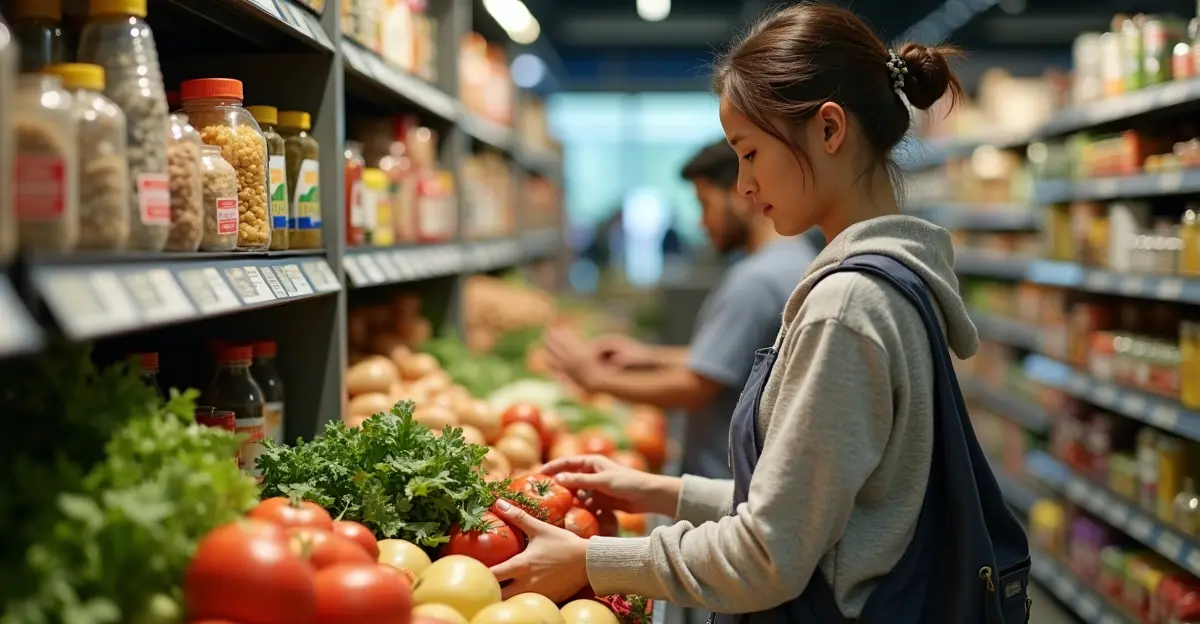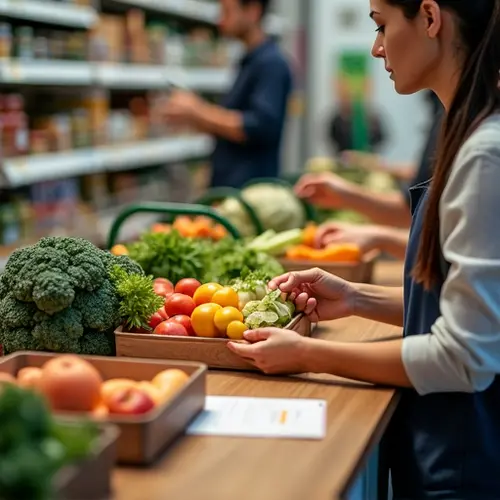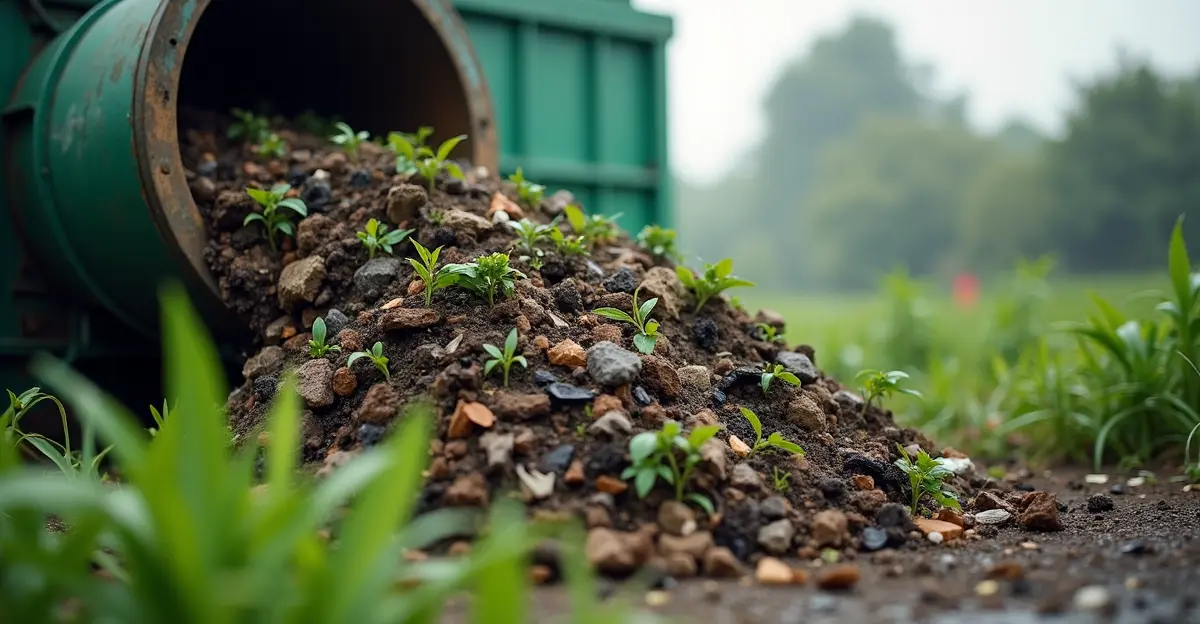Zero-waste grocery stores, which ban single-use packaging, are growing rapidly in 2025 due to eco-conscious consumers and regulations. Adoption is rising, but economic feasibility varies with high initial costs. The market is projected to expand significantly by 2030.

The Rise of Zero-Waste Grocery Stores
In 2025, zero-waste grocery stores are gaining momentum as a sustainable alternative to traditional supermarkets. These shops ban single-use packaging, encouraging customers to bring their own containers for bulk purchases. The concept aligns with global waste minimisation efforts, which aim to reduce environmental impact by cutting down on packaging waste. According to market research, the zero-waste grocery store market is projected to grow from USD 290.9 billion in 2025 to USD 424.87 billion by 2030, with a compound annual growth rate (CAGR) of 7.9%. This surge is driven by factors like government bans on single-use plastics and increasing eco-consciousness among consumers, particularly Millennials and Gen Z.
Customer Adoption Trends
Customer adoption of zero-waste groceries is on the rise, fueled by a growing awareness of environmental issues. Shoppers are increasingly seeking sustainable options, with many preferring stores that offer bulk items without disposable packaging. "I switched to zero-waste shopping last year, and it's not just about reducing trash—it's a lifestyle change that makes me feel more connected to the environment," says Maria, a regular customer at a local zero-waste store. However, adoption faces challenges. Some consumers find the shift inconvenient due to the need to remember containers or perceive higher costs. Despite this, data shows that stand-alone zero-waste stores hold a 47.2% market share, and online platforms are growing rapidly at an 11.5% CAGR, indicating a broadening appeal. Europe leads in adoption with a 34.9% revenue share, thanks to stringent regulations and high consumer awareness.
Economic Feasibility and Challenges
The economic feasibility of zero-waste groceries is a mixed bag. On one hand, these stores can achieve cost savings by reducing packaging expenses and leveraging bulk purchasing. Technologies like AI-enabled inventory optimization help minimize waste and improve margins, making operations more efficient. For instance, stores using smart dispensing systems can cut down on spoilage and overstocking. "Investing in zero-waste infrastructure upfront is costly, but the long-term savings and customer loyalty make it worthwhile," notes John, a store owner. On the other hand, high capital expenditures for equipment like bulk dispensers pose barriers, especially for small businesses. The market is moderately fragmented, with players ranging from large chains like Carrefour to independent stores. Profitability often depends on factors like location, product variety, and effective marketing that highlights environmental benefits.
Future Outlook
Looking ahead, the zero-waste grocery sector is poised for continued growth. Innovations such as subscription refill services and partnerships with local producers are enhancing accessibility. As governments worldwide implement stricter waste reduction policies, demand is expected to increase. However, success will hinge on balancing sustainability with affordability and convenience. For more insights, refer to market reports on this trend.

 Nederlands
Nederlands
 English
English
 Deutsch
Deutsch
 Français
Français
 Español
Español
 Português
Português









